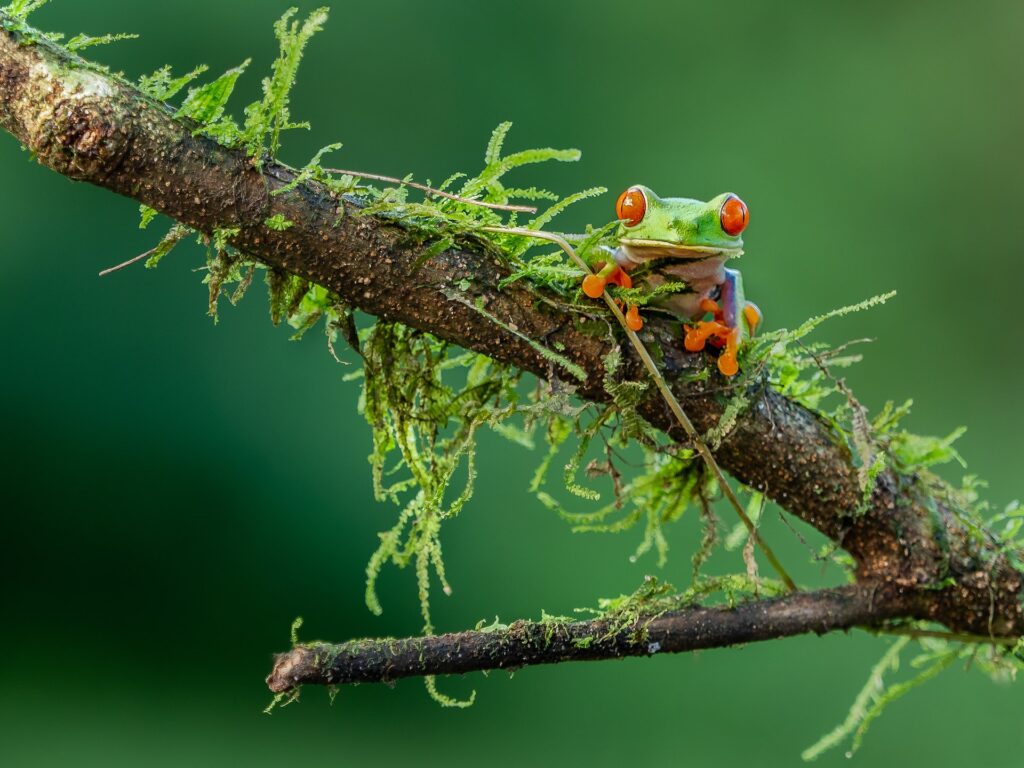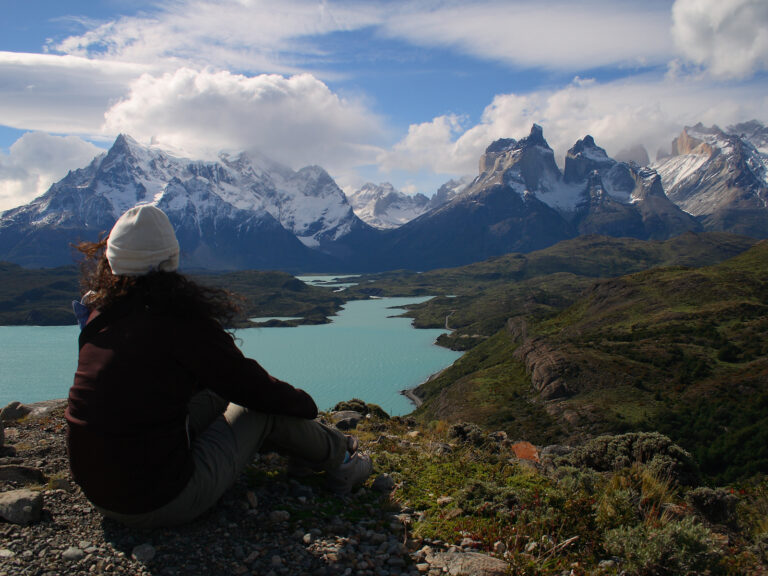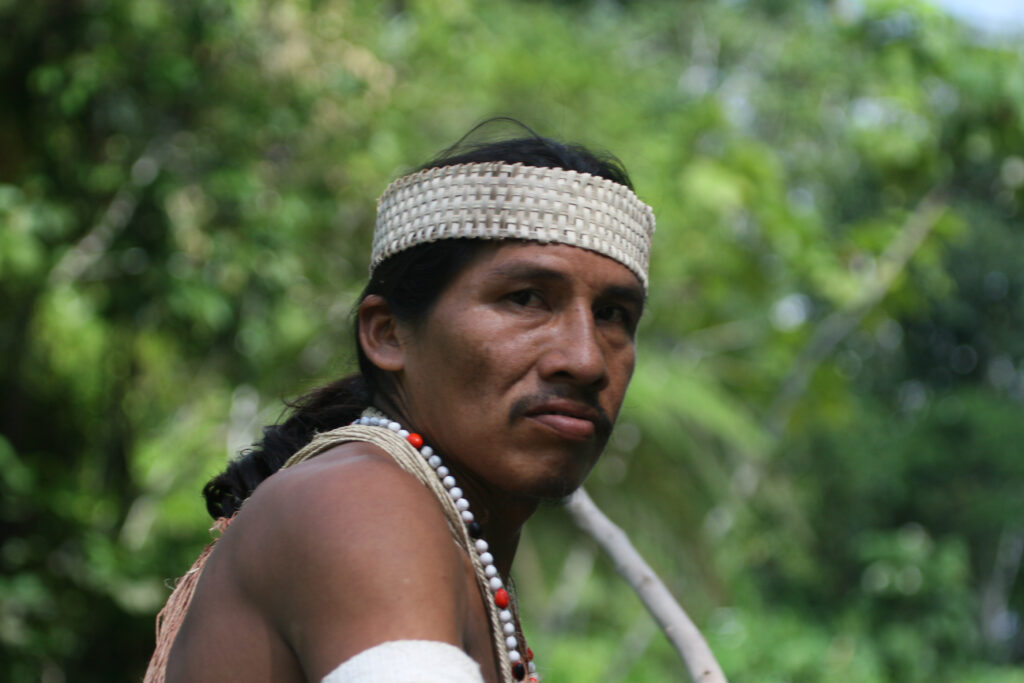Our first regional feature article brings news from Latin America and highlights some of our community members and their remarkable work in building positive impact tourism.
GETTING CLOSER TO NATURE
A strong need for outdoor experiences and a deeper connection with nature – one of the Covid-19 inheritances – entered the scene as a new movement, but it might have come to stay. This is strongly supported by the articles on new trends for 2023, as well as in last year’s consumer reports by Booking.com and Expedia Group among others.
Latin America can surely provide good solutions to address that need because adventure tourism and nature tourism are deeply rooted in the history of the continent’s travel industry.
Inspire Global is particularly proud to have members who have demonstrated long-term sustainability behaviours, in two of the most iconic ecotourism destinations on the continent.
Swiss Travel Costa Rica, located in the country that is most associated with responsible and sustainable practices worldwide, can boast a long and solid tradition in sustainability.
The company has a sustainable management system, and its sustainability policy, which is mandatory to follow within the company, is reviewed once a year by the Tourism Sustainability Management department. Moreover, all staff, as well as the clients, know about the policy.
The company has also achieved national and international recognition for their work, like the Blue Flag Program and the Elite level of the Certification for Sustainable Tourism (CST). External affiliations and associations complete their engagement plan by showing proof of their consistent work over time.

Not far from the Central American peninsula, we found the family-run Montemar villas, that have been built in the last 25 years from the owners’ love for the Galapagos islands and passion for natural science.
Getting closer to nature, in the case of Montemar, means assuming full responsibility for preserving the ecosystem they inhabit. That responsibility is shown in the way the villas are built using only local materials, in the efficient use of natural resources like water and the production of the energy consumed, but also their awareness about the waste that is generated and the way it is treated on site.
IS ECOTOURISM ON THE RISE IN LATIN AMERICA?

Latin America’s main asset has always been its unique and rich biodiversity, along with its scenic views and landscapes.
From the Iguazu Falls, shared by Argentina and Brazil, to the Rainbow Mountains in Peru, from the Atacama Desert to the Perito Moreno Glacier, tourists associate the southern continent with a series of remarkable and indelible natural landmarks – and this should continue attracting even more tourism after the pandemic.
In an interview with Travel Purse, Francisco Madrid, Director of the Centre for Research and Competitiveness in Tourism (CICOTUR) at Anahuac University in Mexico, says that the travel segment known as ecotourism ‘is still in a process of consolidation’ and that, at least in Mexico, sun and beach together with cultural tourism, remain the more robust segments.
We wonder, though, how much of this consolidation is referring to the real demand and how much to the actual creation of new tourism offers. What happens when visitors don’t know about the full range of offers available in a particular destination? If this is the case, then their request will perhaps remain vague or silent.
I would love to order chocolate pudding when I dine at a restaurant, but if I don’t see the option on the menu, I won’t ever ask for it. I would simply assume it is not available.
In a similar way, tourists might like to explore the environment in a sustainable and responsible way and have a deeper connection with nature and local communities, but they might not see the option to do it. Therefore they will just continue choosing from the magazine portfolio while continuing to express their desires and needs in surveys.
Those surveys show that the number of people enquiring about sustainable practices is rising, as has been clearly shown by the Expedia Group’s Sustainable Travel Study conducted in 2022, which states that two thirds of global consumers want to see more sustainability information from accommodation and transport providers.
Ecotourism is defined by The International Ecotourism Society (TIES) as: ‘responsible travel to natural areas that conserve the environment, sustain the well-being of the local people, and involve interpretation and education’. The demand for ecotourism might be growing or not, and we can only confirm that post-travel, but given the strong views candidly shared by consumers when asked, we think it is.
However, rather than merely wondering whether it is growing or not, we want to actively promote more sustainable tourism offers by sharing what is happening in Latin America, to be able to satisfy those consumers that look for them.

MORE NATURE AND MORE OUTDOORS

Connecting with nature could start with choosing accommodation that is completely immersed in the environment, like Patagonia Camp.
Located in the magnificent Patagonia region in Torres del Paine, Chile, the camp offers luxury suites embedded in the wilderness. Its location leaves tourists with the sense of feeling part of the surroundings while sipping a drink in the comfort of the jacuzzi, perhaps before a kayak ride on Lake Toro, or a walk in the caves around Puerto Natales.
Exploring nature could also happen through the discovery of its natural products, like wine, for example. Matetic Vineyards – another of our community members, from the Rosario Valley in Chile – shows that wine tasting can become an opportunity to educate visitors about the producer’s relationship with the land and learn about the harmony that we need to nurture and, sometimes, re-establish with nature.
At the vineyard, learning about the winemaking process can start in their biodynamic garden and end with a tasting experience, while cycling and trekking excursions are also on offer.
But we need to travel to Argentina to go ‘beyond sustainable’ with Aliwen Incoming.
Based on the company’s ‘commitment to the land they love exploring’, their recipe is rather holistic.
They not only offset carbon emissions from all trips, by partnering with South Pole, but they are also planting trees for every traveller. Single-use plastic has also been banned from their trips and they work with local tourism businesses and service providers to ensure that ‘at least 80% of what their clients pay, goes directly into the veins of the community’.
…AND MORE COMMUNITIES TOO
A crucial aspect of sustainability is the impact of tourism on the quality of life of the local communities. Are they benefiting from it, or have their resources – natural and cultural – been drained for the sake of the pleasure of temporary visitors?

Beyond that, there is a more active way in which the local communities are entering the tourism space. Tourists are now starting to acknowledge them as the source of ancient knowledge, and as the embodiment of cultural traditions that might otherwise be forgotten and disappear. They are also recognising them as the guardians of our natural environment and repositories of the key to its salvation. Because of this new recognition, travellers include local communities in their itineraries more often and address them as important points of interest, but also of concern with regard to sustainable practices.
Undoubtedly our industry is changing the way it perceives and interacts with communities, recognising more and more the value of creating new spaces for interaction, not only for the tourists but also for them as a company.
According to many experts’ opinions, including the Globetrotter analysis of 2023 trends, indigenous tourism is on the rise worldwide.
The Globetrotter report informs us that the Indigenous Tourism Association of Canada (ITAC) has registered indigenous tourism as the ‘fastest-growing sector in Canadian tourism, increasing by 23% between 2014 and 2017, compared to a 14.5% increase in overall tourism’.
However, the variety of ethnicities currently living in Latin America and the Caribbean is astonishingly invisible. According to the FAO’s research, there are as many as 826 indigenous peoples, 305 of which live only in Brazil. It is a pity that a continent so rich in cultural traditions has done so little to encourage those important connections, in favour of an almost exclusive focus on its amazing natural beauties.
Chile is an inspiring example of change and in the last decade, the identity of its nine ethnic groups has been officially recognised and publicly valued. Many local indigenous communities have been supported in their decision to enter the tourism industry and now offer immersive experiences with great potential in terms of sustainable development.
We hope to see more Latin American countries embrace their cultural roots and start writing a new chapter of their modern history through tourism.
We have two positive examples from our community that we would like to mention. One is the work of Tropic DMC carried out over years with the Huaorani people in Ecuador, which led to the initial establishment of the award-winning Community-Based Tourism project, the Huaorani Ecolodge. Sadly this project, for complicated community reasons has since ceased to run as a tourism project; all the more reason to understand the complexities and solutions around community-based tourism.
The other is the ‘Coffee kids’ project by Travel Pioneers, dedicated since 1988 to improving coffee farmers’ quality of life. The partnership, established with more than 400 communities, shows the potential of tourism when used as a force for good.

GOOD NEWS: MORE SUSTAINABLE TRAINING OFFERED IN SPANISH
Since November 2020, the Global Sustainable Tourism Council (GSTC) Sustainable Tourism Training Program has been offered in the Spanish language as well, amplifying the reach that sustainable tourism practice can have to those operators and communities for whom English is not a familiar communication tool.
Spreading the training opportunities to local businesses and tourism professionals also means increasing the knowledge and the ‘sustainability efficiency’ of the whole supply chain. A more sustainable sector is made up of awareness of, but more importantly, a higher degree of practical proficiency in sustainable development through tourism. We need to learn to conduct our operations more sustainably and involve other stakeholders in our journey – obviously it is even better if they are already familiar with and practising the steps of that journey themselves.
The so-called GSTC ‘Destination Criteria’ put a strong emphasis on the measurement and evaluation of the sustainability of tourism companies, and can be used as an effective tool for that purpose.
NEXT RESPONSIBLE APPOINTMENT AT WTM LATIN AMERICA
This year, the third edition of the Responsible Tourism Awards will be held during this annual trade event on 3–5 April in São Paulo, Brazil.
This year’s focus on precise aspects of responsible tourism practice, highlighting some innovative angles on the subject:
- Best solution for plastic waste management
- Best meaningful connections
- Best models for local shopping, crafts, and food
- Addressing climate change
- Best solutions for promoting diversity and inclusion
- Best initiatives for nature conservation
The shift from last year’s categories is evident and shows a movement towards a more local perspective. Last year the categories were focused on the post-Covid recovery and the resilience of the tourism industry as a whole, while addressing environmental issues and the climate change challenge. This year they seem to pay more attention to the potential that tourism represents for the local economy and, very importantly, starting from a local perspective.
We are expecting to witness an uplift in inspiring grassroots initiatives stepping onto the stage.
In March the finalists will be announced. We will wait in trepidation.
Words by Elisa Spampinato


Recent Posts
Categories